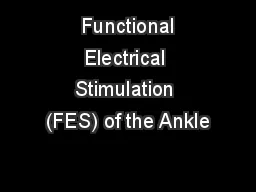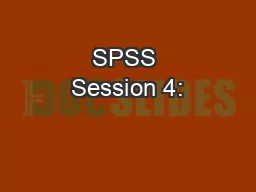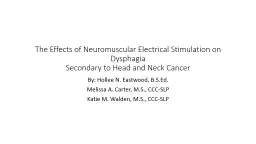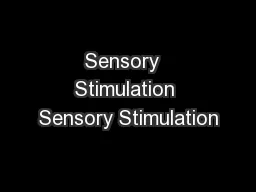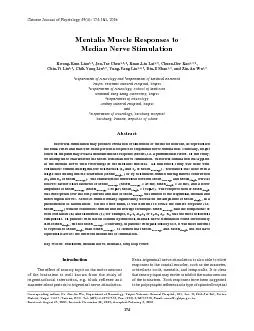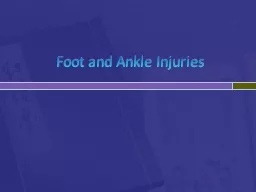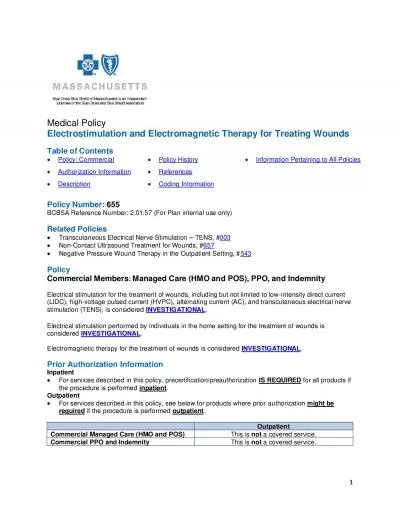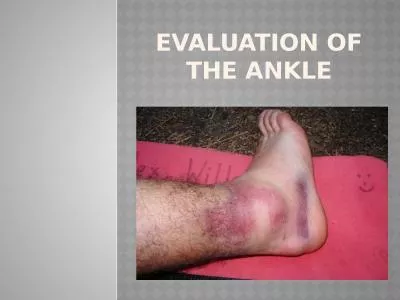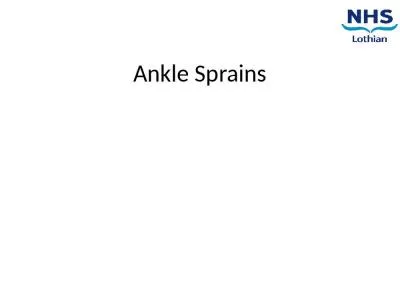PPT-Functional Electrical Stimulation (FES) of the Ankle
Author : cheryl-pisano | Published Date : 2020-04-03
Matt Orchard Mitch Dreska What is foot drop Gait abnormality in which the patient experiences difficulty in dorsiflexion of the ankle relating to the anterior muscles
Presentation Embed Code
Download Presentation
Download Presentation The PPT/PDF document " Functional Electrical Stimulation (FES)..." is the property of its rightful owner. Permission is granted to download and print the materials on this website for personal, non-commercial use only, and to display it on your personal computer provided you do not modify the materials and that you retain all copyright notices contained in the materials. By downloading content from our website, you accept the terms of this agreement.
Functional Electrical Stimulation (FES) of the Ankle: Transcript
Download Rules Of Document
" Functional Electrical Stimulation (FES) of the Ankle"The content belongs to its owner. You may download and print it for personal use, without modification, and keep all copyright notices. By downloading, you agree to these terms.
Related Documents

